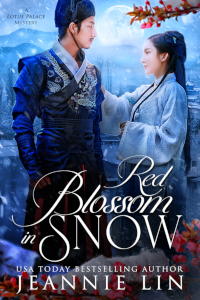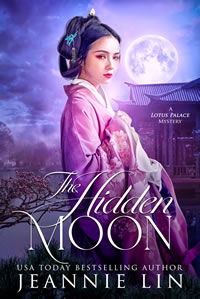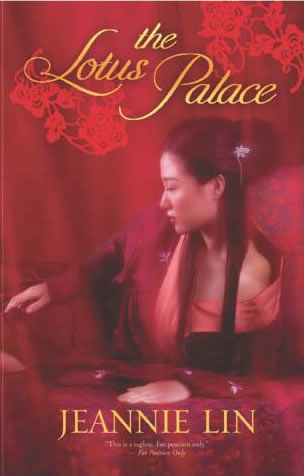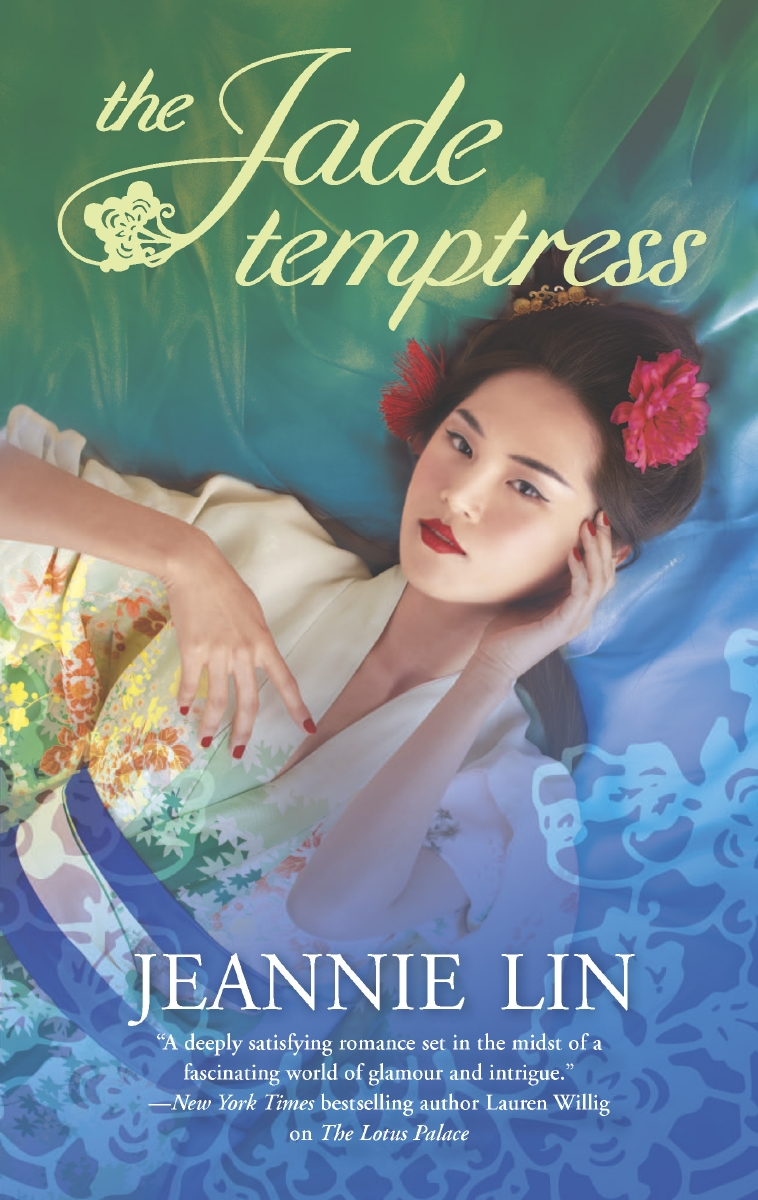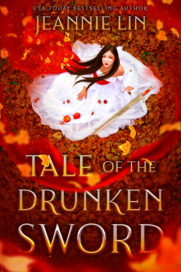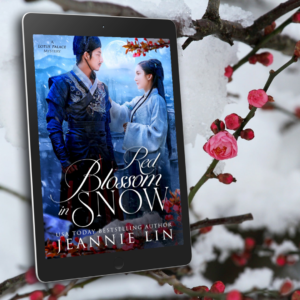One of the curious, wonderful, amazing things to wrap your head around as a writer is that readers come to you from so many different times and places. There are people who are reading this who are have been reading Jeannie Lin for over ten years. There are people who might have just discovered my books a year ago. There are perhaps people who haven’t yet read anything of mine and are Lin-curious. *grins*
It’s something you don’t contend with when you’re a baby author of one or two years. Readers are coming to you from so many different experiences. But I can’t help but address readers as if everyone has been here forever. As if you have somewhat the same memories I have.
So to all readers, even the Lin-curious ones, I want to thank you all. About five years ago, I thought I’d never write another Lotus Palace book. In small and big ways, every book that I’m able to write has been motivated and lifted by your goodwill.
Red Blossom in Snow marks a significant milestone. It is the fourth full-length book in this series. I think that bona-fide makes it not just a trilogy, but a series! When the series was originally conceived, I envisioned the trio of Yue-ying, Mingyu, and Wei-wei leading the books.
My Little Sis was utterly convinced after reading the initial draft of The Hidden Moon that Li Chen should rightfully end up with Wei-wei (she was the only one…) and I worked very hard with her to re-work The Hidden Moon to make a convincing love story for Gao and Wei-wei. This left Li Chen and Song Yi, two characters that I didn’t know too much about. It was a joy to discover their story in Red Blossom in Snow and I hope you’ll enjoy their journey as much as I did.
As to the future? There are also several associated novellas, one of which I’m working on right now (Death of a Sorcerer) and another which I’ll be working on later this year for a special project.
Aside from the novellas, there is one more Lotus Palace book planned. It’s needed to tie up a loose end that was opened in the very first book so it almost feels necessary for karmic completion. I have no idea how this final book will come together. I can only date one book at a time, apparently.
Until next book, Happy Reading and thank you for your continued support!



